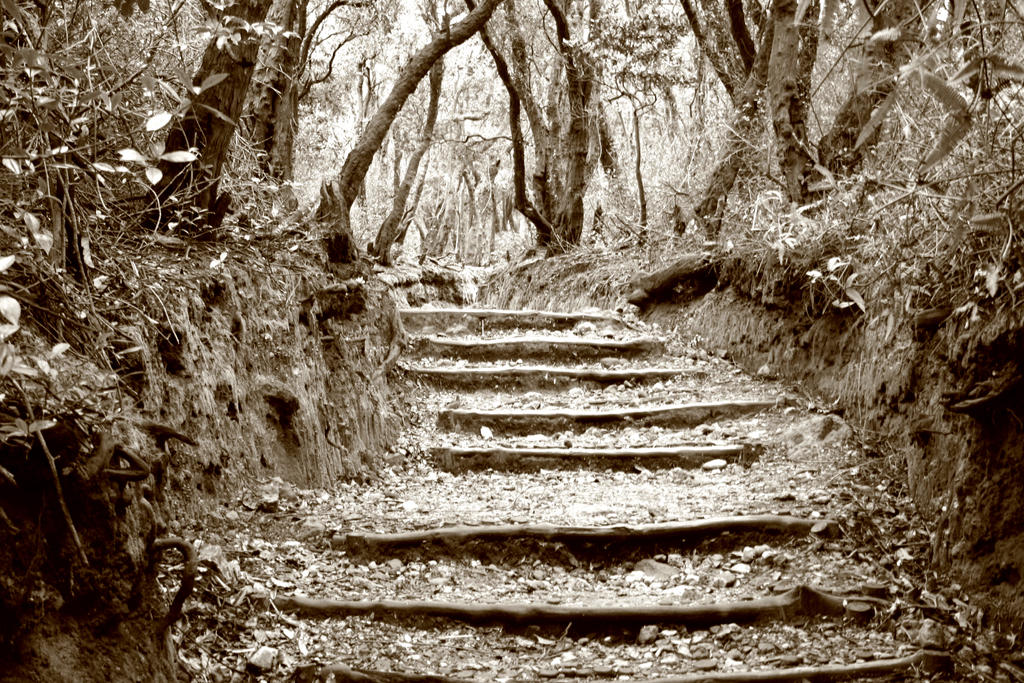ShopDreamUp AI ArtDreamUp
Deviation Actions
Suggested Deviants
Suggested Collections
You Might Like…
Description
PLEASE FULL VIEW OR YOU'LL MISS THE DETAILS!!
This piece named based on Haunted Pass (Cirith Gorgor) in J.R.R Tolkiens' Middle-Earth. The layout is not identical to the books'description but I kinda feel that this pic has the same creepy atmosphere
Taken at Kawah Putih, West Java, Bandung, Indonesia.
EDIT: Increased the contrast.
This piece named based on Haunted Pass (Cirith Gorgor) in J.R.R Tolkiens' Middle-Earth. The layout is not identical to the books'description but I kinda feel that this pic has the same creepy atmosphere
Taken at Kawah Putih, West Java, Bandung, Indonesia.
EDIT: Increased the contrast.
Image size
3888x2592px 3.28 MB
Make
Canon
Model
Canon EOS 400D DIGITAL
Shutter Speed
1/25 second
Aperture
F/5.0
Focal Length
37 mm
ISO Speed
400
Date Taken
Feb 16, 2008, 2:49:15 PM
© 2008 - 2024 reidge
Comments13
Join the community to add your comment. Already a deviant? Log In
This looks good. The color tone adds to the mood nicely. Well framed and composed. I do not know what this looked like before, but you are getting some blowout.
Adjusting Dynamic Range in Photoshop, using "Contrast" is far from deal. Contrast is a sneak thief that steals away the detail in the highlights or shadows, and sometimes both.
Typically, we sacrifice elements in a photo when we press the shutter. For example, there is a powerful cloudscape and some cliffs. If we expose for the clouds the cliffs become dark. If we set the camera's exposure to capture detail in the cliffs, the brighter sky is blown out and detail is lost.
HDRI (High Dynamic Range Imaging) The solution is to take more than one photograph and bracket the photos. Shoot normal exposure, then under-expose a shot to capture highlights, and then over-expose a shot to capture shadow detail. Finally, merge these photos in Photoshop CS2, CS3, or use the program "Photomatix" to produce a single image with a larger range of tones that can now show all the details in the shadows and highlights.
Quite a lot of the new digital cameras make taking HDR photos easy. You set how many shots you want, how much f-stop difference you want between frames, and it will take all three (or more) of the shots in rapid succession. You will typically find this feature under your cameras "Auto Bracketing".
Anyway, it is something you may want to consider.
Here are some links if you are interested:
Wikipedia on HDRI [link]
TUTORIALS
Simple HDR Tutorial [link]
HDR Blending Tutorial [link]
HDR and RAW [link]
HDR tutorial [link]
Realistic High Dynamic Range Images [link]
f-hdr tutorial [link]
HDR Tutorial [link]
Photomatix Tutorial - HDR [link]
HDR Tutorial - New and Improved for 2008! [link]
HDRI ARTISTS
HDR Artists on DA: [link]
morbidthegrim [link]
zeenigma [link]
[link]
[link]
[link]
[link]
HDRI EXAMPLES
[link]
Here are some examples of how HDRI can give a 3D effect:
[link]
[link]
[link]
[link]
Much of the HDR photos you see on DA are HDR with tone mapping and layer effects, to make them very dramatic.
[link]
[link]
[link]
[link]
However, many photographers use it just enough to make their photos look better, without applying tone mapping and special effects.
[link]
[link]
[link]
[link]
[link]
Adjusting Dynamic Range in Photoshop, using "Contrast" is far from deal. Contrast is a sneak thief that steals away the detail in the highlights or shadows, and sometimes both.
Typically, we sacrifice elements in a photo when we press the shutter. For example, there is a powerful cloudscape and some cliffs. If we expose for the clouds the cliffs become dark. If we set the camera's exposure to capture detail in the cliffs, the brighter sky is blown out and detail is lost.
HDRI (High Dynamic Range Imaging) The solution is to take more than one photograph and bracket the photos. Shoot normal exposure, then under-expose a shot to capture highlights, and then over-expose a shot to capture shadow detail. Finally, merge these photos in Photoshop CS2, CS3, or use the program "Photomatix" to produce a single image with a larger range of tones that can now show all the details in the shadows and highlights.
Quite a lot of the new digital cameras make taking HDR photos easy. You set how many shots you want, how much f-stop difference you want between frames, and it will take all three (or more) of the shots in rapid succession. You will typically find this feature under your cameras "Auto Bracketing".
Anyway, it is something you may want to consider.
Here are some links if you are interested:
Wikipedia on HDRI [link]
TUTORIALS
Simple HDR Tutorial [link]
HDR Blending Tutorial [link]
HDR and RAW [link]
HDR tutorial [link]
Realistic High Dynamic Range Images [link]
f-hdr tutorial [link]
HDR Tutorial [link]
Photomatix Tutorial - HDR [link]
HDR Tutorial - New and Improved for 2008! [link]
HDRI ARTISTS
HDR Artists on DA: [link]
morbidthegrim [link]
zeenigma [link]
[link]
[link]
[link]
[link]
HDRI EXAMPLES
[link]
Here are some examples of how HDRI can give a 3D effect:
[link]
[link]
[link]
[link]
Much of the HDR photos you see on DA are HDR with tone mapping and layer effects, to make them very dramatic.
[link]
[link]
[link]
[link]
However, many photographers use it just enough to make their photos look better, without applying tone mapping and special effects.
[link]
[link]
[link]
[link]
[link]




































